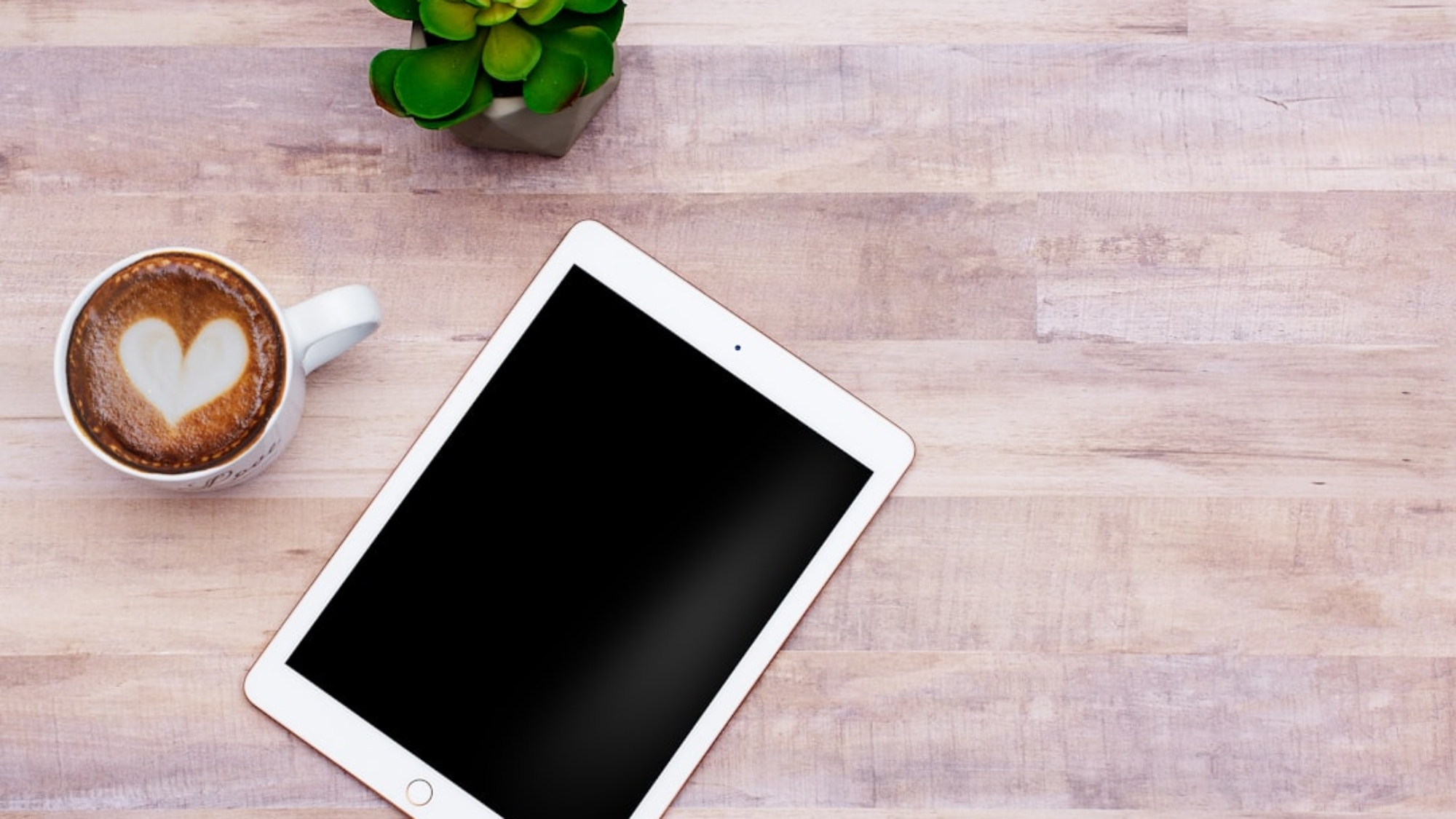Tablets have become an essential part of our daily lives, serving as a convenient tool for communication, entertainment, and productivity. However, like any electronic device, tablets are not immune to issues and problems that can hinder their performance. From a tablet that won’t turn on or charge to apps crashing or not working, these issues can be frustrating and disruptive. It is important to address these problems promptly to ensure that your tablet continues to function optimally.
Tablet won’t turn on or charge
One of the most common issues faced by tablet users is when their device won’t turn on or charge. There can be several reasons behind this problem, such as a drained battery, faulty charging cable or adapter, or a software glitch. To troubleshoot this issue, start by checking if the battery is completely drained. Connect your tablet to a power source using a different charging cable and adapter to rule out any issues with the charging accessories. If the tablet still doesn’t turn on or charge, try performing a hard reset by holding down the power button for 10-15 seconds.
To prevent this issue from occurring in the future, it is important to take care of your tablet’s battery. Avoid letting it completely drain before recharging and try not to overcharge it either. It is also advisable to use the original charging cable and adapter provided by the manufacturer, as third-party accessories may not be compatible and can cause charging issues.
Slow or unresponsive tablet performance
Another common issue faced by tablet users is slow or unresponsive performance. This can be caused by several factors, including too many apps running in the background, insufficient storage space, outdated software, or a lack of regular maintenance. To improve your tablet’s performance, start by closing unnecessary apps running in the background. Clearing the cache and deleting unused apps can also help free up storage space and improve performance.
Regularly updating your tablet’s software is crucial for optimal performance. Manufacturers often release software updates that include bug fixes and performance improvements. By keeping your tablet’s software up to date, you can ensure that it runs smoothly and efficiently.
Frozen or stuck screen
A frozen or stuck screen is another frustrating issue that tablet users may encounter. This can happen due to a software glitch, a faulty app, or insufficient memory. To resolve this problem, try performing a soft reset by holding down the power button and the volume down button simultaneously for 10-15 seconds. If that doesn’t work, you may need to perform a factory reset, but be aware that this will erase all data on your tablet, so it is important to back up your files beforehand.
To prevent your tablet’s screen from freezing or getting stuck, make sure to regularly update your apps and operating system. Outdated apps or software can cause compatibility issues and lead to screen freezes. It is also advisable to avoid downloading apps from untrusted sources, as they may contain malware or viruses that can disrupt your tablet’s performance.
Battery draining quickly
If you find that your tablet’s battery is draining quickly, there could be several reasons behind this issue. Background app refresh, push notifications, and excessive screen brightness are some common culprits. To improve battery life, start by adjusting your tablet’s settings to reduce power consumption. Disable background app refresh and push notifications for apps that you don’t need constant updates from. Lowering the screen brightness and enabling auto-brightness can also help conserve battery life.
It is important to note that certain apps and activities consume more battery power than others. Streaming videos, playing graphics-intensive games, and using GPS navigation can drain your tablet’s battery quickly. Limiting these activities or using them sparingly can help extend battery life.
Wi-Fi connectivity issues
Wi-Fi connectivity issues can be frustrating when using a tablet for online activities. If you are experiencing slow or intermittent Wi-Fi connection, there could be several reasons behind this problem. Start by checking if your Wi-Fi router is working properly and if other devices are able to connect to the network without any issues. If the problem persists, try forgetting the Wi-Fi network on your tablet and then reconnecting to it. You can also try resetting your router or contacting your internet service provider for assistance.
To improve Wi-Fi connectivity, make sure that your tablet’s software is up to date. Manufacturers often release software updates that include Wi-Fi performance improvements. Additionally, positioning your tablet closer to the Wi-Fi router or using a Wi-Fi range extender can help improve signal strength and connectivity.
Touchscreen not responding properly
If your tablet’s touchscreen is not responding properly, it can be frustrating and hinder your ability to use the device effectively. This issue can be caused by a software glitch, a faulty touchscreen digitizer, or physical damage to the screen. To troubleshoot this problem, start by cleaning the screen with a soft, lint-free cloth to remove any dirt or smudges that may be interfering with touch sensitivity. If that doesn’t work, try restarting your tablet or performing a factory reset as a last resort.
To prevent your tablet’s touchscreen from becoming unresponsive, it is important to handle the device with care and avoid dropping it or exposing it to extreme temperatures. Using a screen protector can also help protect the touchscreen from scratches and damage.
Apps crashing or not working
Apps crashing or not working properly is another common issue faced by tablet users. This can be caused by outdated apps, software glitches, insufficient storage space, or compatibility issues. To resolve this problem, start by updating your apps and operating system to the latest versions available. Clearing the cache and data of problematic apps can also help resolve issues with their functionality.
To prevent apps from crashing or not working in the future, make sure to regularly update your apps and operating system. Developers often release updates that include bug fixes and performance improvements. It is also important to manage your tablet’s storage space effectively to ensure that there is enough room for apps to run smoothly.
Storage space running low
Running out of storage space on your tablet can be a frustrating issue, especially if you are unable to download new apps or save files. This can happen due to a large number of apps, photos, videos, or other files taking up space on your device. To manage storage space effectively, start by deleting unused apps and clearing the cache of apps that you frequently use. Transferring photos and videos to a computer or cloud storage can also help free up space.
It is important to regularly review and manage your tablet’s storage space to prevent it from running low. Consider using cloud storage services or external storage devices to store files that you don’t need immediate access to. Additionally, avoid downloading unnecessary apps or files that can quickly fill up your tablet’s storage.
Tablet overheating
If your tablet becomes hot to the touch or shuts down unexpectedly due to overheating, it can be a cause for concern. Overheating can be caused by running resource-intensive apps or games, using the tablet while it is charging, or a faulty battery. To prevent your tablet from overheating, avoid using it in direct sunlight or in hot environments. Take breaks when using resource-intensive apps or games to allow the device to cool down.
It is also important to ensure that your tablet’s ventilation is not blocked by placing it on a flat surface and avoiding covering it with blankets or pillows. If the problem persists, consider contacting the manufacturer for further assistance.
Malware or virus infections
Malware or virus infections can compromise the security and performance of your tablet. These infections can be caused by downloading apps from untrusted sources, clicking on suspicious links or ads, or visiting malicious websites. To remove malware or viruses from your tablet, consider using reputable antivirus software to scan and remove any threats. Resetting your tablet to factory settings can also help eliminate any lingering infections.
To prevent malware or virus infections, it is important to only download apps from trusted sources such as the Google Play Store or Apple App Store. Avoid clicking on suspicious links or ads, and be cautious when visiting unfamiliar websites. Regularly updating your tablet’s software and antivirus software can also help protect against new threats.
In conclusion, tablets are versatile devices that can greatly enhance our daily lives. However, they are not immune to issues and problems that can hinder their performance. From a tablet that won’t turn on or charge to apps crashing or not working, these issues can be frustrating and disruptive. It is important to address these problems promptly to ensure that your tablet continues to function optimally.
Regular maintenance and updates are crucial for preventing and resolving common tablet issues. By following the tips provided in this article, you can troubleshoot and prevent issues such as slow performance, frozen screens, battery drainage, Wi-Fi connectivity problems, unresponsive touchscreens, app crashes, low storage space, overheating, and malware infections. Taking care of your tablet and keeping it updated will ensure that it remains a reliable and efficient tool for your daily needs.


